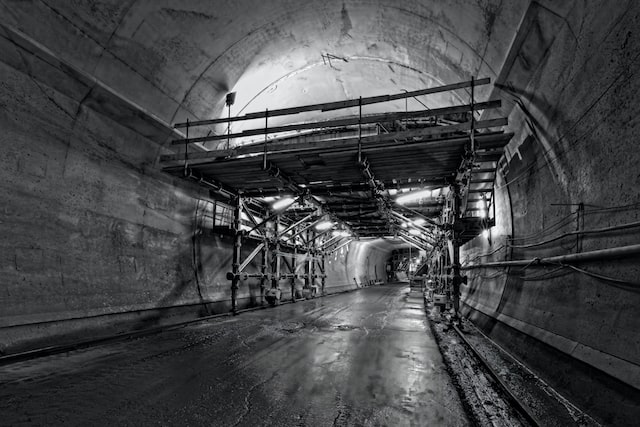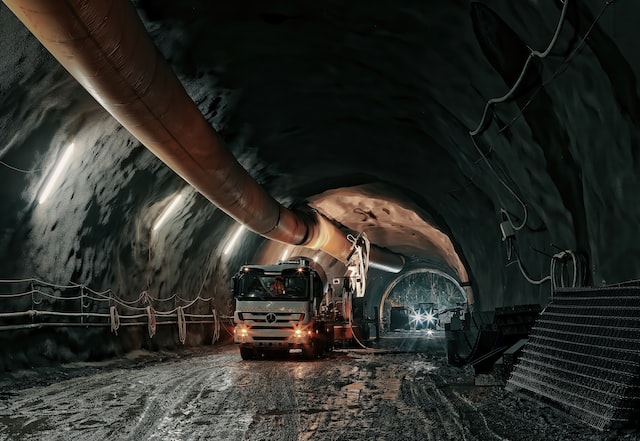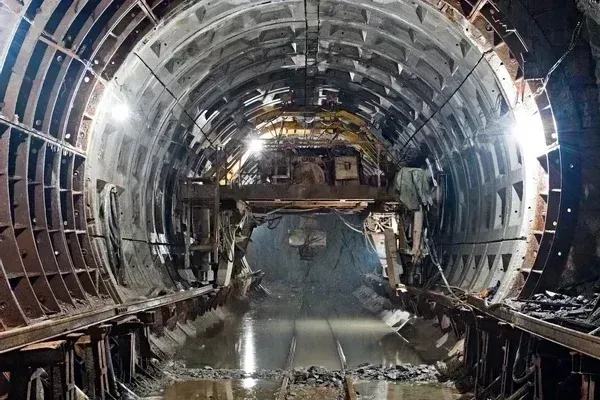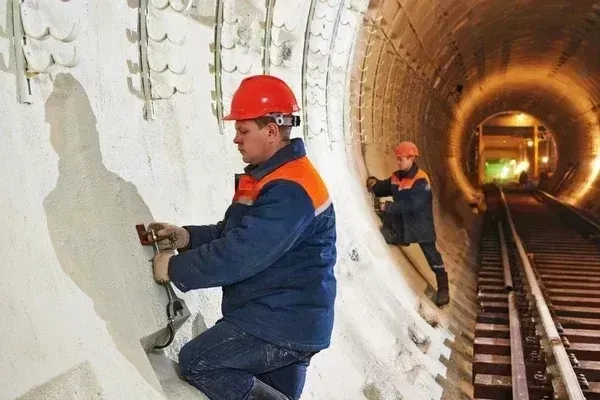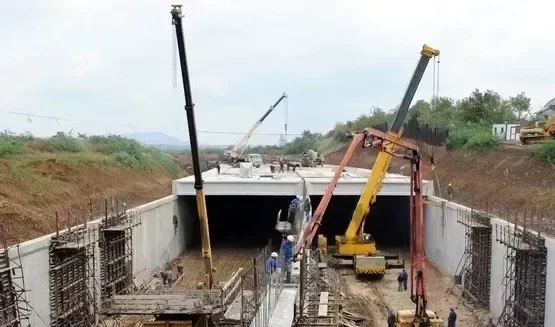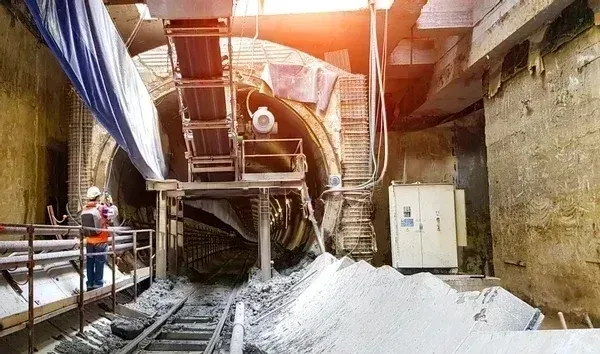tunnels
As a simple explanation, a tunnel is a tube hollowed out of stone or soil. Construction of a tunnel, however, is one of civil engineering’s most challenging tasks. Governments have honored tunnel engineers as heroes for many tunnels that are considered technological masterpieces. Tunnels are underground passageways that are horizontal in nature. Although erosion and other natural phenomena can lead to the formation of tunnels, we are going to discuss man-made tunnels here. There are lots of ways to build different types of tunnels. Building a tunnel can include manual labour, heating and cooling, explosions, machinery, or a combination of these methods.
Tunnels can sometimes be a safer option than other structures. The material that must pass through a tunnel significantly impacts how it is constructed. On the other hand, tunneling through soft ground, like chalk, or sandstone, requires entirely different methods than tunneling through hard or soft rock. Underwater tunneling, the most difficult of all environments, necessitates a novel technique that would be impractical or impossible to implement above ground. Planning is so imperative for a successful tunnel project. Engineers assess the relative risks of various locations and conduct a comprehensive geologic analysis to determine the kind of material they will be tunneling through.
